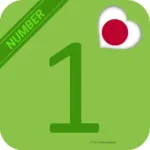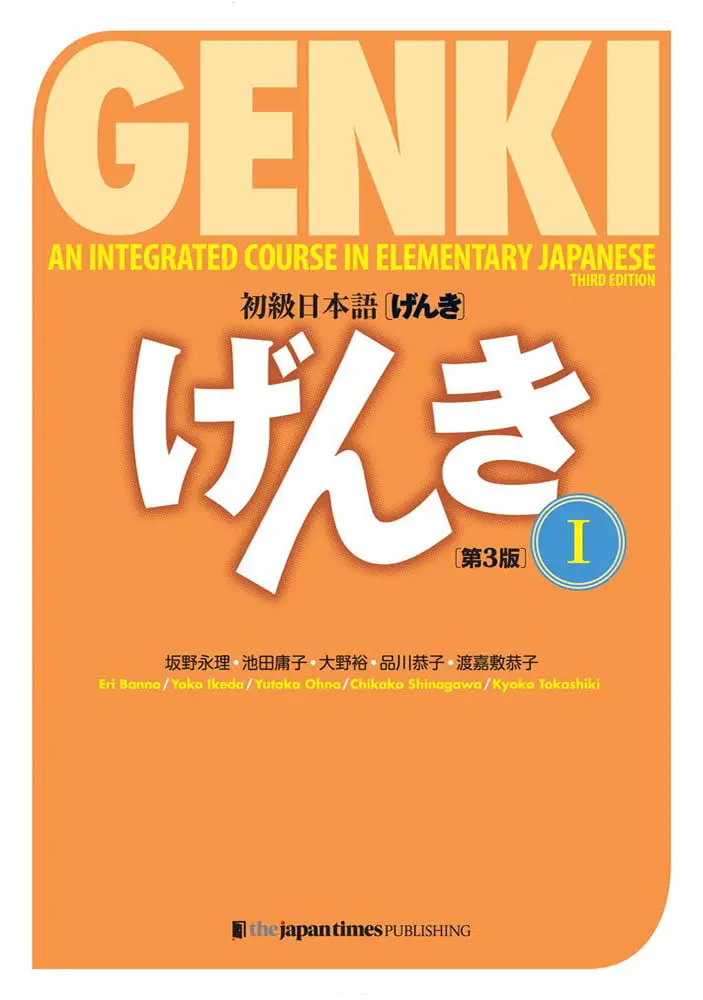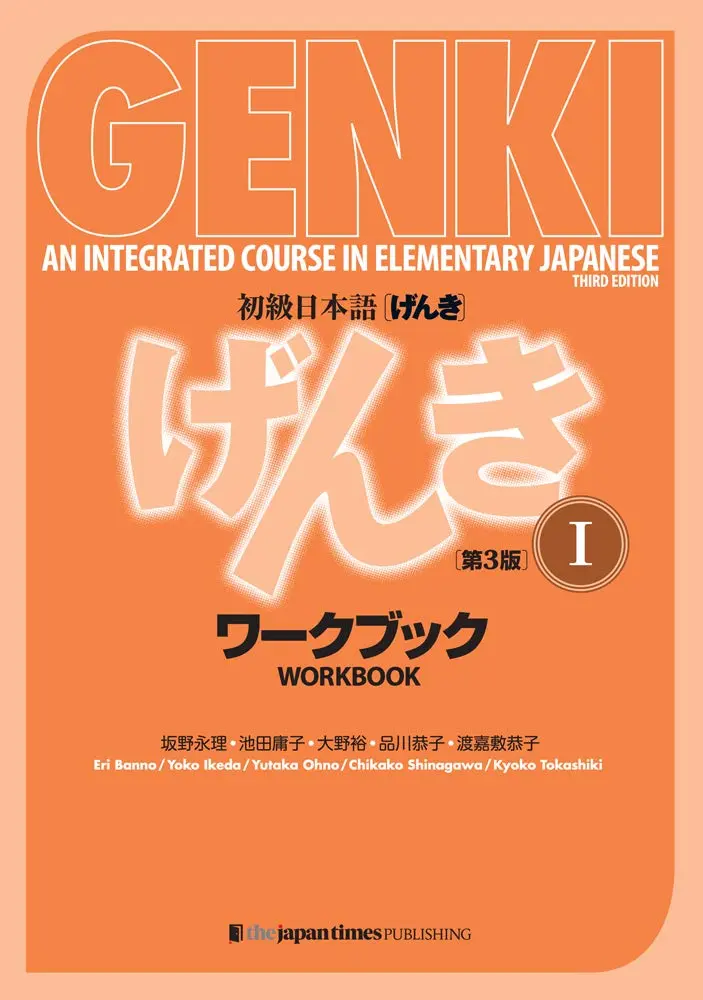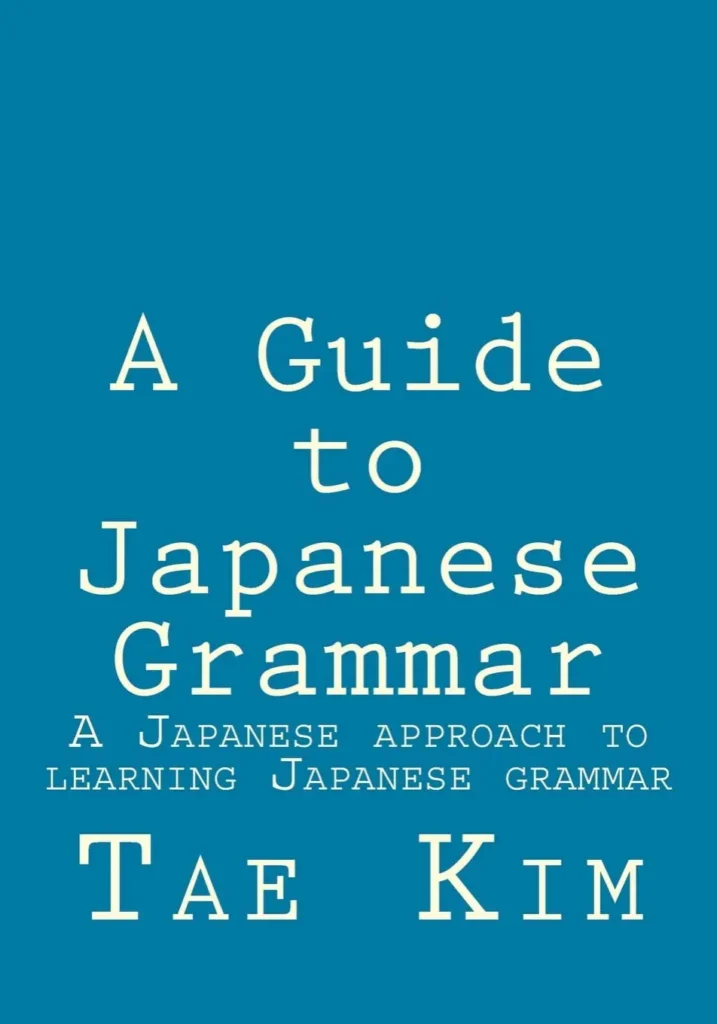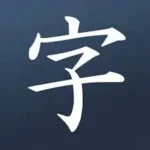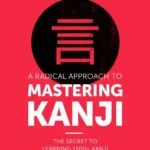How To Study Japanese Effectively?

Learning a new language can take lots of effort and time. So if you’re looking to study Japanese from scratch, it’s better to know the best steps to learn Japanese early. There are countless number of guides on how to study Japanese on your own, but how exactly do you get started and what’s the most efficient? Kanji? Hiragana? What are they talking about, and what comes first? This page is an all in one guide for those with no knowledge of Japanese looking to get to an elementary understanding of the language and beyond! I’ll explain what media is most effective, how long each step should take and the best order to approach each part of the language.
An Optimized Order To Get Started Learning Japanese
Learn Hiragana
Estimated time : 1 week to 2 weeks
What is hiragana? This is Japanese original alphabet which 46 foundational characters.
You might already know some words like “arigatou”. The actual pronunciation of “arigatou” is slightly different from what is written in roman letters as Japanese doesn’t have an “r” sound. Learning the Japanese phonetic alphabet first and then studying in hiragana is a good way to embed the basics of Japanese pronunciation before learning too many new words. Some textbooks such as minna no nihongo is also written predominantly in hiragana.
A good goal to have for hiragana is to try to learn hiragana within two weeks.
Here are some useful apps to study Hiragana.
Learn Katakana
Estimated time : 1 week to 2 weeks
What is katakana? Katakana is another phonetic Japanese alphabet, also consisting of 46 characters. Katakana is paired with hiragana sound, so the good news is that the pronunciation and sounds covered are the same! So if that’s the case, why do we use it? Katakana is most often used for foreign words such as chocolate チョコレート, and some of the more difficult kanji like 薔薇(rose), which many Japanese would rather not have to remember! 薔薇 therefore becomes バラ, which visually you can see is much easier! It’s important to remember however that katakana covers all words foreign to Japanese, not just English, so other loan words such as pan and zubon (from French) also use katakana.
Approximately 10 % of Japanese words are katakana that that originate from English. That is good news for you! Mastering katakana can give an early sense of satisfaction as it’ll help immensely in Japanese restaurants, as the words are already part of your everyday vocabulary, just written in a different script.
Your goal to master katakana is about 2 weeks. Most of the useful apps for learning katakana are the same as those to study hiragana.
Learn Japanese Greetings
Estimated time : 1 week to 2 weeks
Some articles would list learning kanji as the next step, as a way to round out the Japanese language’s three writing systems. We’re going to different from that approach as the route to kanji mastery is a long memorization process of over 2000 characters that scares most beginners.
So before we face that mountain, let’s take a bit of a breather and start learning a few greetings first. I would recommend studying Japanese greetings at the same time as Hiragana and Katakana to introduce a bit of variety to your study. Greetings are everyday use. You might be able to pick up some of these words in anime, manga and movies. Recognizing words you’ve likely heard many times before is a good motivation to continue your study.
The estimate time to master greetings is 2 weeks alongside hiragana and katakana.
Learn Numbers In Japanese And Numbers In Kanji
Estimated time : 1 week
Some of the most common words in any language are numbers, and with their obvious importance to shoppers and travelers, it’s the perfect place to get started with kanji at the same time. Japanese currency does not have an equivalent to pence or cents, so prices can often reach pretty large sounding numbers! The largest note we use is 10,000yen which is about 60pounds (2023 April). It’s a good idea to know up to 100,000 in Japanese as it’s a realistic amount that could be spent on a hotel, plane or excursions.
So why is this a good place to get started with understanding kanji? Well, numbers in Kanji are pretty easy to memorize, not to mention self-explanatory. For instance, 1 in kanji is 一, 2 in kanji is 二, 3 in kanji is 三, 10 is 十, 1000 is 千etc. Here is some resources to study Japanese numbers. Estimate study time is 1 week.
Learn Basic Japanese Grammar And Particles
Estimated time : 1 month
Genki is one of the most approachable textbooks to start learning basic grammar structure. Unlike English, Japanese doesn’t have space between words so we use particles to distinguish what is the object, topic, destination etc. You should also learn masu-form which is polite form. Genki chapter 3 covers important particles and verb conjugation. For self-study using Genki, Seth Clydesdale’s genki study resources provides online exercise that you’ve learnt so far and check your knowledge by doing text. Tea Kim grammar website or book explains about particles and verb masu-form conjugation very clearly, it is a good resource for self-study. Estimate time is 1 month.
Kanji Radicals And Basic Kanji
Estimated time : N/A
So, by this point you have learned a few numbers in kanji already. When you are confident enough with numbers in kanji, it’s time to move on learning kanji radicals. I recommend that you start learning more kanji about 3 months in to studying Japanese so that you already know basic verbs such as to eat, to go, to come already.
Mostly kanji is made up of compounds of basic kanji which is radicals. It is important to know radicals first, because you may able to roughly guess the meanings from radicals. You may notice some kanji have more than 2 ways of reading, because one is Chinese reading (on-yomi), other is Japanese reading (kun-yomi).
JLPT (Japanese language proficiency test) is the first step to check your Japanese skills. To be able to pass the N5 exam, which is easiest, it usually takes 350 to 600 hours of study needed for no prior kanji knowledge. At the N5 level, JLPT expects you to know 100 kanjis.
Here is some useful kanji radical book and app
Keep It Going
Now your level of Japanese should be around beginner level. Practice makes perfect. It is important to keep it up, continue studying step by step. Many self-learners might be stuck around verbs, particles and word orders. There are great app and textbooks many study resources but it doesn’t cover speaking practice. Even JLPT doesn’t have speaking section to evaluate your speaking skills. And it is big jump to find native Japanese friends online to talk in Japanese at the very beginner level. If you stuck of your study or need some help for speaking, please contact me.
How Many Hours A Day Should I Study Japanese ?
The amount of time you should spend studying Japanese per day varies depending on your goals, proficiency level, and available time. However, as a new learner, it is recommended to study for at least 30 minutes a day to make good progress. More advanced learners may need to dedicate more time to maintain their proficiency levels and achieve higher levels of fluency. Of course, this amount of time may increase of decrease depending on your level. Once you have 1000 kanji characters to memories, just how long will it take to make sure that all stays memorized.
It’s important to find a study schedule that works for your specific needs and learning style. Consistent practice is key, you can set the time schedule on google calendar or use Routinery app, so even if you can only dedicate a small amount of time each day, make sure you stick to a regular routine. You can also break up your study time into shorter sessions throughout the day if you have a busy schedule. Maybe open up Duolingo for a 3min brush-up or listen to Japanese music. Remember, the most important thing is to practice consistently and not get discouraged by setbacks. Putting in the 10 minute a day kanji revision can save you from having to relearn everything almost from scratch later on!




